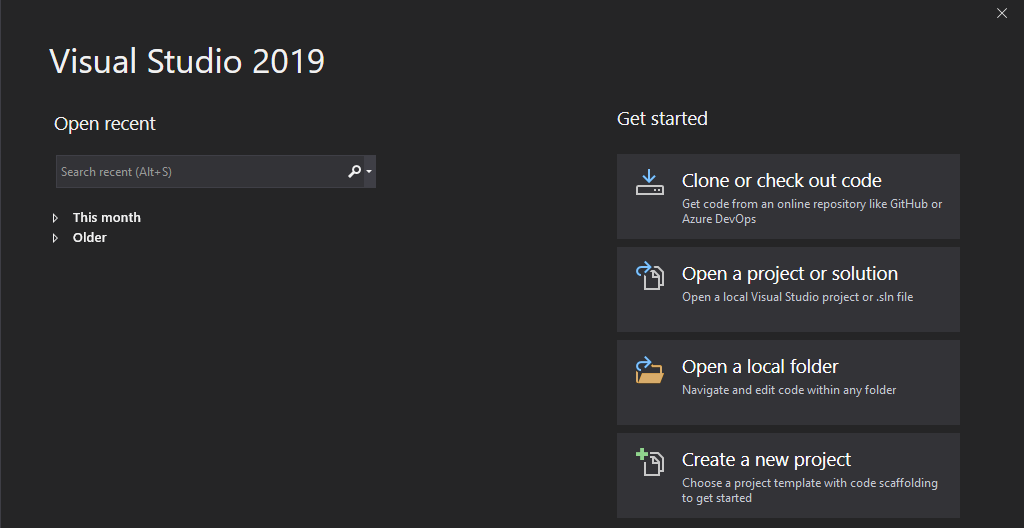**Introduction **
This is part three of the**_ “Blazor: Zero to Hero” _**article series. Before getting into the Part III article series, let’s have a Glimpse at Part I and Part II articles,
Part I
- Blazor is a framework to build Interactive Web UIs using C# and HTML.
- The initial release was in 2018 by Microsoft.
- We can use C# code in the Client-Side programming, and WebAssembly will handle browsers to understand the C# code.
- We need .NET CORE SDK 3.1 or latest
- Visual Studio 2017 or the latest can be used as the IDEs.
Part II
- Microsoft launched the first version of Blazor in 2019 along with .NET CORE 3.0
- There are two hosting models as Client-Side and Server-Side.
- Client-Side is also known as Blazor WebAssembly, the application runs directly on the web browsers and all the required components are downloaded from Server to Client.
- In Server-Side, the application is run directly on the Server-Side.
**Project Structure **
Before looking at the default project structure, let’s check we have installed Blazor in our Visual Studio. If the Blazor option is not listed in the Visual Studio, by updating your environment setup you can install the required Blazor features. I am using Visual Studio 2019 as my environment.
Creating Blazor Project (Server-Side App)
Click Visual Studio, and it shows options as_ Clone or Check out code, Open a new project or solution, Open a local folder, Create a new project,_ as shown in the below.

#blazor #blazor zero to hero #project structure #server app #server side
